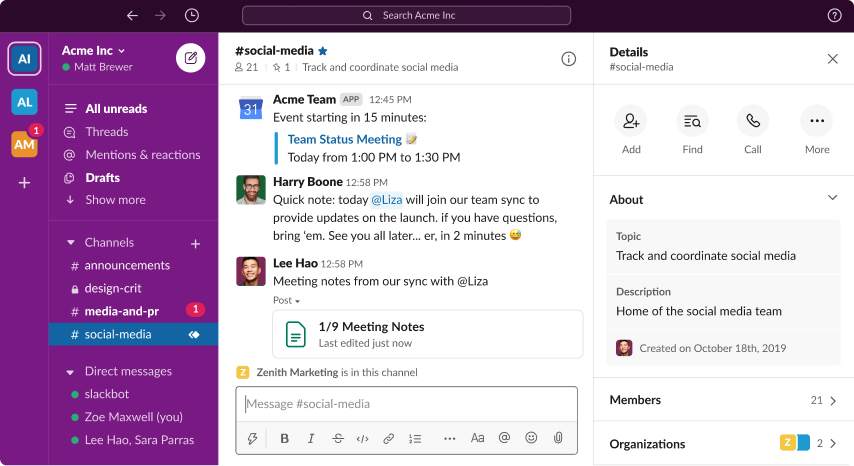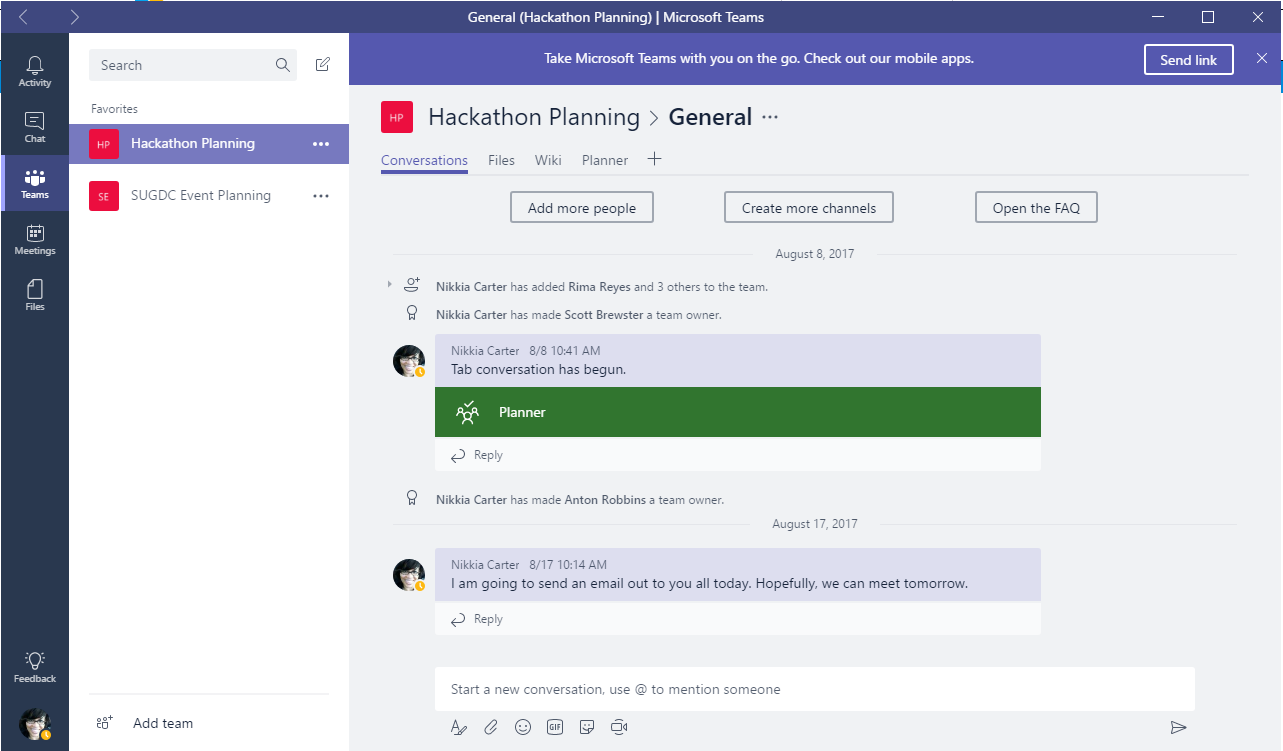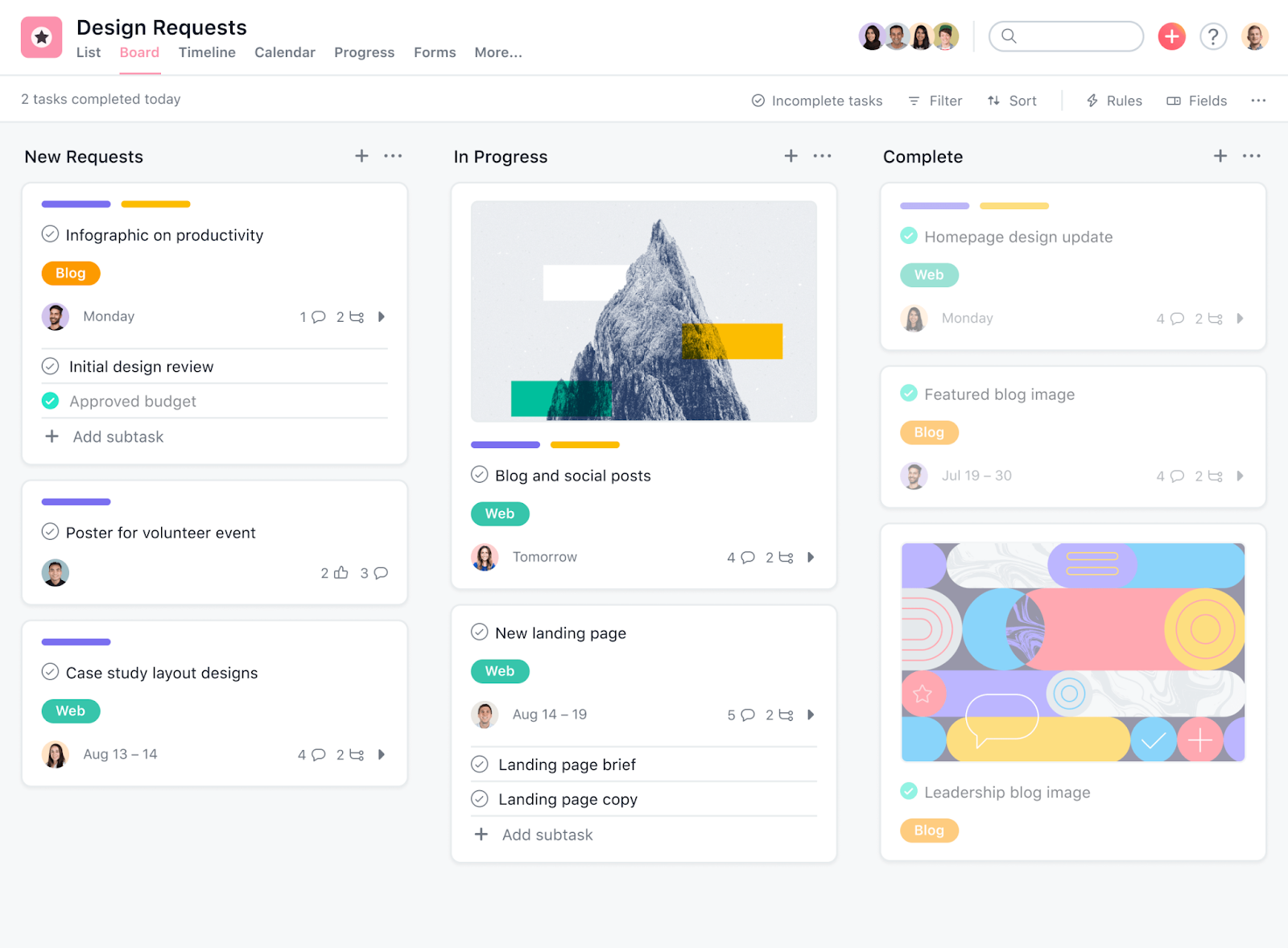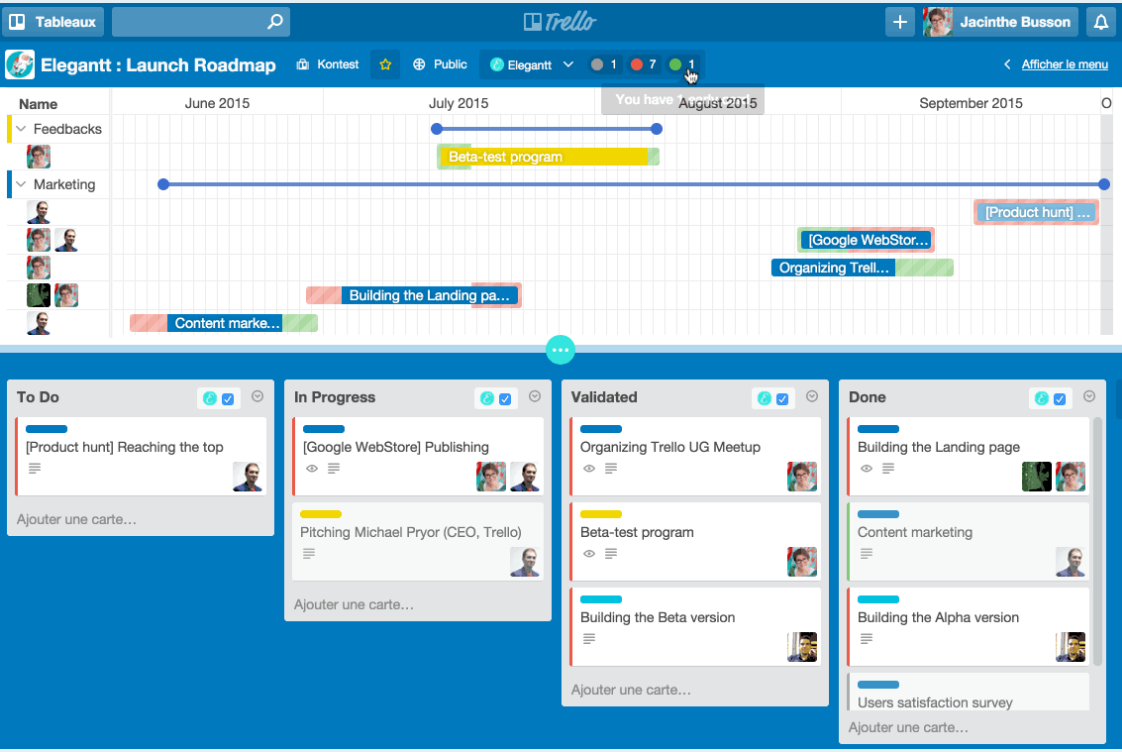What is Remote Employee Engagement?
Remote employee engagement is how invested and devoted individuals are to their jobs and the company they work for. Since remote work is becoming more prevalent, companies must make sure that their remote workers feel connected to the company and their coworkers in order to boost job satisfaction, productivity, and retention.
Employers can use a variety of strategies to increase employee engagement with remote teams, including frequent check-ins with staff, virtual team-building exercises, opportunities for skill development and growth, flexible work schedules, adequate resources and tools for remote work, and cultivating a culture of communication and collaboration.
However, remote work can present unique challenges that employers must address in order to maintain employee engagement. For instance, remote employees can experience feeling isolated and cut off from their coworkers, which might lower their motivation and decrease the quality of their work. Organizations can tackle this by actively engaging with remote employees, promoting a sense of inclusion and belonging among remote workers can help develop a productive remote work culture.
In this blog, we will cover the importance, the challenges, the strategies, tools and best practices for effective employee engagement with remote teams!
Also Explore: The best onboarding practices
Why is Remote Employee Engagement Important?
Employee engagement is crucial for organizational success as engaged employees are more motivated, productive, and deliver high-quality work. They are also less likely to leave, reducing recruitment and training costs. Engaged employees provide better customer service and offer suggestions for improvements, leading to increased customer loyalty and innovation within the organization. Additionally, engaged employees contribute to a positive company culture that attracts and retains top talent, enhancing the organization's reputation. To gain these benefits, organizations should strive to engage their employees.
Don’t know where to get started? Here’s a comprehensive guide to help you boost employee engagement from anywhere in the world.
Read more: What is Telecommuting?
6 Challenges of employee engagement with remote teams
- Isolation: Remote work can create a sense of isolation and disconnection from colleagues, resulting in reduced team cohesion and engagement. The lack of casual interactions and socializing opportunities can impact morale.
- Lack of recognition: Remote employees may feel that their contributions are not adequately recognized or valued, leading to demotivation and disengagement. The absence of in-person feedback and public acknowledgement can exacerbate this issue. Utilizing tools like employee recognition software can help bridge this gap by ensuring that achievements are celebrated, even from a distance.
- Communication: Remote work can make communication difficult without face-to-face interaction. The absence of non-verbal cues and delayed responses can hinder effective collaboration and lead to misunderstandings.
- Work-life balance: Remote work often blurs the boundaries between work and personal life. Without clear separation, employees may experience difficulties in managing their time effectively, leading to burnout and reduced engagement.
- Ergonomic challenges: Remote workers may not have access to a proper workspace or equipment, leading to ergonomic challenges such as back pain and eye strain. Employers can provide ergonomic assessments and equipment to ensure their employees are comfortable and safe.
- Limited access to resources: Remote workers may not have the same resources and support as in-office employees. Employers can prioritize remote employee well-being by providing clear communication, social support, work-life balance, ergonomic support, and equal access to resources.
So, how should you keep your employees engaged? Let’s find out!
Suggested: Generate well crafted job descriptions using the Qureos job description generator!
Tools To Manage Remote Teams
Firstly, introduce yourself to some of the best communication tools that can be used to effectively manage remote teams:
[fs-toc-omit] Slack

Slack is a messaging platform that allows remote teams to communicate in real-time. It also has features like file sharing and integration with other tools.
[fs-toc-omit] Zoom

Zoom is a video conferencing tool that allows remote teams to have face-to-face meetings. It has features like screen sharing, recording, and virtual backgrounds.
[fs-toc-omit] Microsoft Teams

Microsoft Teams is a collaboration platform that integrates with other Microsoft tools like Office 365. It allows remote teams to communicate, share files, and collaborate on projects.
[fs-toc-omit]Google Meet

Google Meet is a video conferencing tool that integrates with other Google tools like Google Calendar and Google Drive. It also allows screen sharing and virtual backgrounds.
[fs-toc-omit] Asana

Asana is a project management tool that allows remote teams to collaborate on projects. It has features like task assignments, deadlines, and progress tracking.
[fs-toc-omit] Trello

Trello is a visual collaboration tool that allows remote teams to manage projects and tasks. It has features like task cards, checklists, and deadlines.
Now that you have a communication channel, let’s get you started on what else you need!
Why Feedback and Recognition is important?
Feedback and recognition are crucial for remote work as they help to establish a sense of connection and support between remote workers and their managers.
Here are some reasons why feedback and recognition are important in remote work:
[fs-toc-omit] Creating A Sense of Belonging
Remote workers may feel disconnected from their team and organization due to the lack of face-to-face interaction. Providing regular feedback and recognition helps to bridge this gap and create a sense of belonging, which can lead to increased engagement and productivity.
[fs-toc-omit] Improving communication
Regular feedback and recognition sessions help remote workers grow, improve, feel valued, and increase job satisfaction and retention.
Suggested: Learn all about different payroll management software for HR!
[fs-toc-omit] Team Building
Remote work has become popular, but building a sense of teamwork and camaraderie among geographically dispersed team members remains a significant challenge for companies.
Here are some team building activities that can be done in a remote work environment:
- Play virtual games like online trivia, escape rooms, and board games to encourage teamwork and problem-solving.
- Have virtual coffee breaks or team lunches to catch up and build relationships.
- Host virtual happy hours or team building activities like scavenger hunts and book clubs to help team members bond.
4 Ways to Implement Employee Engagement Strategies
Employee engagement is crucial for an organization's success. Effective engagement strategies lead to higher productivity, retention rates, and job satisfaction.
Consider the following pointers when implementing engagement strategies:
[fs-toc-omit] 1. Establishing clear guidelines
To create an engaged workforce, establish clear guidelines and expectations, and provide regular feedback and recognition for achievements to keep employees motivated and productive.
[fs-toc-omit] 2. Promoting Accountability
It is crucial to hold employees accountable for their work, which can help create a culture of ownership and responsibility. Giving employees autonomy and decision-making authority can also help build engagement.
[fs-toc-omit] 3. Providing training
Providing training and development opportunities can help employees build skills, which can lead to better job performance and job satisfaction. Employees who feel supported and invested in by their employers are more likely to be engaged.
[fs-toc-omit] 4. Measuring Engagement
Measuring employee engagement through regular surveys and other metrics is crucial to understanding the level of engagement and identifying areas for improvement. Survey results can be used to develop targeted engagement strategies and improve overall engagement.
Read more: Effective employee retention strategies
5 Ways to Engage with Remote teams
Here are some best practices for engaging remote employees:
[fs-toc-omit] 1. Regular Check-ins
Regular check-ins are crucial to keep remote employees engaged. They can be one-on-one meetings, team meetings, or group chats, helping remote employees feel connected and discuss work progress, concerns, and feedback.
[fs-toc-omit] 2. Encouraging Employee Autonomy
Autonomy for remote employees boosts engagement. Clear expectations, resources, and trust in employees can empower them to make decisions, set goals, and prioritize their work.
[fs-toc-omit] 3. Ensuring Employee Access to Information
Remote employees need access to company resources to perform their job effectively. Provide access to necessary databases, tools, and documents to ensure remote workers are well-equipped.
Read our comprehensive guide on HR Metrics to track employees performance and to also improve employee performance.
[fs-toc-omit] 4. Providing Opportunities for Growth
To combat feelings of isolation, remote employees should be offered growth and development opportunities such as training, mentorship programs, or career development plans. These initiatives can help remote employees feel valued and invested in their career.
[fs-toc-omit] 5. Building a Culture of Trust and Respect
To engage remote employees, create a culture of trust and respect by setting clear expectations, providing feedback, and recognizing contributions. Encourage team-building and social interaction.
Engaged employees tend to be more committed, valued, and motivated to contribute, leading to better business outcomes.
Suggested: Explore Qureos’ job hiring platform!
In conclusion, employee engagement is a critical aspect in the success of any organization, and this importance only increases when it comes to remote employees. While working remotely has many advantages, it can also create unique challenges in maintaining employee engagement. However, with the right strategies and tools in place, organizations can create a positive remote work culture and foster engagement with their remote teams.




